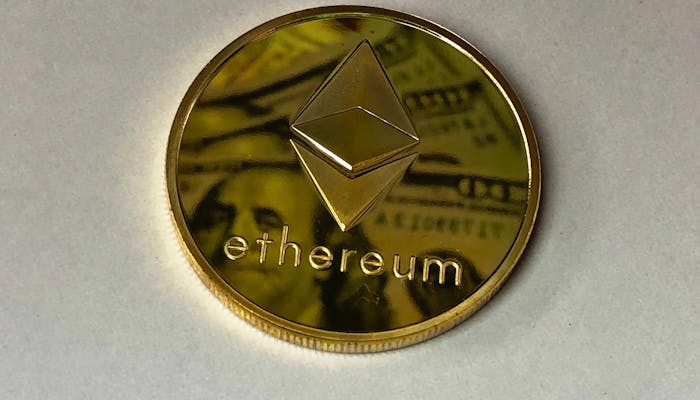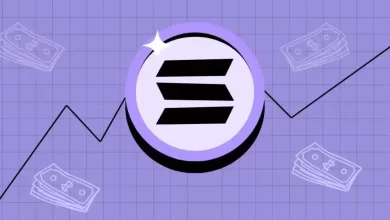How to Minimize Ethereum Gas Fees: Tips and Tricks

Ethereum gas fees are an integral part of the Ethereum network, serving as the mechanism by which users pay for computational resources when executing transactions or interacting with smart contracts. However, these gas fees can fluctuate widely based on network demand, transaction complexity, and other factors, often resulting in high costs for users. In this article, we will delve into various strategies and techniques to minimize Ethereum gas fees, helping users optimize their transactions and reduce overall expenses. Interested in learning about Ethereum? All you need to do is to explore the site and learn investing from premium educational firms.
Understanding Ethereum Gas Fees
Gas fees on the Ethereum network represent the cost of computational resources required to execute a transaction or smart contract operation. Gas is denominated in Gwei, a fraction of Ether (ETH), and is determined by the complexity of the transaction and the current network congestion. When sending Ether or interacting with smart contracts, users must specify the gas limit (the maximum amount of gas they are willing to consume) and the gas price (the amount of Ether paid per unit of gas).
Factors influencing gas fees include the current network congestion, gas price, and transaction complexity. During periods of high demand, such as during ICOs or major network upgrades, gas fees can skyrocket due to increased competition for block space. Transaction complexity, measured in terms of computational operations and data storage requirements, also affects gas fees, with more complex transactions consuming more gas.
- Spot Ethereum ETFs Gaining Ground, Another Staked ETH ETF Debuts In Canada
- Ethereum ETF And Dogwifhat Overshadowed: BlockDAG’s Dashboard Trends In Crypto Circles
Optimizing Gas Usage
To minimize gas fees, users should optimize their gas usage by carefully selecting the gas price and gas limit for each transaction. The gas price represents the amount of Ether paid per unit of gas and determines the priority of the transaction. By setting an appropriate gas price, users can strike a balance between transaction speed and cost, ensuring that their transactions are processed efficiently without overpaying for gas.
Avoiding unnecessary transactions and smart contract interactions can also help reduce gas fees. Users should consolidate multiple transactions whenever possible and avoid frequent interactions with smart contracts, as each transaction incurs additional gas fees. Bundling transactions into a single batch can significantly reduce gas costs by minimizing the overhead associated with multiple transactions.
Choosing the Right Time for Transactions
Timing is crucial when it comes to minimizing Ethereum gas fees. Users should monitor network traffic patterns and gas prices using gas fee trackers to identify periods of lower network congestion and cheaper gas prices. By strategically timing their transactions during off-peak hours, users can take advantage of lower gas fees and reduce overall transaction costs.
Strategies for timing transactions include setting limit orders or scheduling transactions to execute during periods of lower network activity. By planning ahead and being patient, users can save significantly on gas fees and optimize their transaction costs.
Utilizing Layer 2 Solutions
Layer 2 scaling solutions offer promising alternatives for reducing Ethereum gas fees and improving scalability. These solutions operate on top of the Ethereum mainnet and aim to increase transaction throughput and reduce costs by processing transactions off-chain or using sidechains. Examples of Layer 2 solutions include Optimistic Rollups, zkRollups, and state channels.
By leveraging Layer 2 solutions, users can benefit from lower gas fees and faster transaction confirmation times while still enjoying the security and decentralization of the Ethereum network. Platforms such as Loopring and Arbitrum offer Layer 2 solutions for decentralized exchanges (DEXs) and smart contract interactions, allowing users to bypass high gas fees on the mainnet.
Smart Contract Optimization
Developers can reduce gas consumption in smart contracts by optimizing their code and implementing gas-efficient programming techniques. This includes minimizing redundant operations, reducing storage and memory usage, and optimizing data structures for gas efficiency. Tools such as gas analyzers and compilers can help identify gas-intensive code patterns and suggest optimizations to improve efficiency.
Gas-efficient programming techniques include using gas tokens to prepay for gas at lower prices and optimizing smart contract logic to minimize gas consumption. By adopting best practices for smart contract development and optimization, developers can reduce gas fees for users and improve the overall efficiency of their decentralized applications (dApps).
Exploring Alternatives
While Ethereum remains the leading platform for decentralized applications and smart contracts, users may consider exploring alternative blockchains with lower gas fees and better scalability. Platforms such as Binance Smart Chain (BSC), Solana, and Avalanche offer faster transaction confirmation times and significantly lower gas fees compared to Ethereum.
However, users should carefully evaluate the trade-offs and considerations of migrating or diversifying to alternative blockchains, including security, decentralization, and network effects. While alternative blockchains may offer lower gas fees, they may also have limitations in terms of developer ecosystem, interoperability, and decentralization.
Conclusion
In conclusion, minimizing Ethereum gas fees requires a combination of careful planning, optimization strategies, and consideration of alternative solutions. By understanding the factors influencing gas fees and implementing best practices for gas optimization, users can reduce transaction costs and improve the efficiency of their interactions on the Ethereum network. Additionally, exploring alternative blockchains and Layer 2 scaling solutions can offer additional avenues for reducing gas fees and enhancing scalability. As the Ethereum ecosystem continues to evolve, staying informed and proactive in gas fee optimization will be essential for maximizing cost savings and improving user experience.
Disclaimer: This is promotional marketing content. The presented material by no means represents any financial advice or promotion. Be sure to research and acknowledge the possible risks before using the service of any trading platform.





